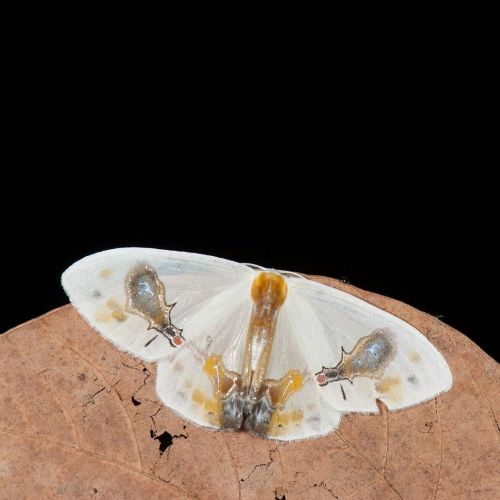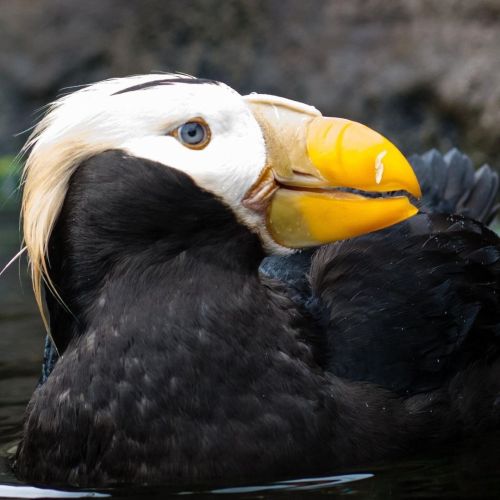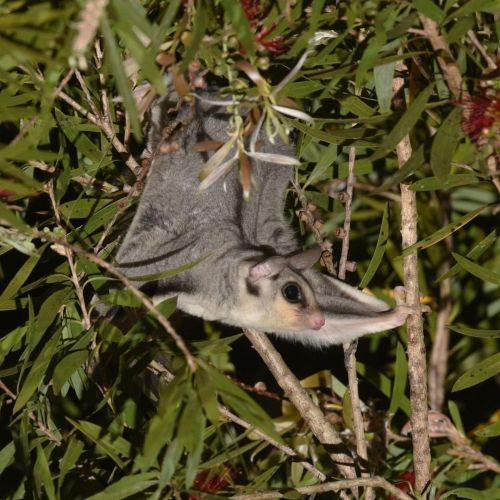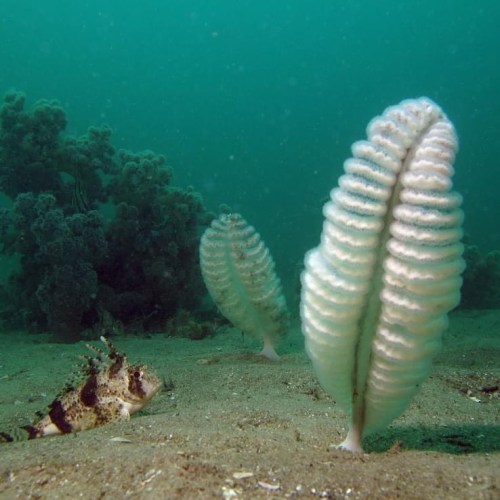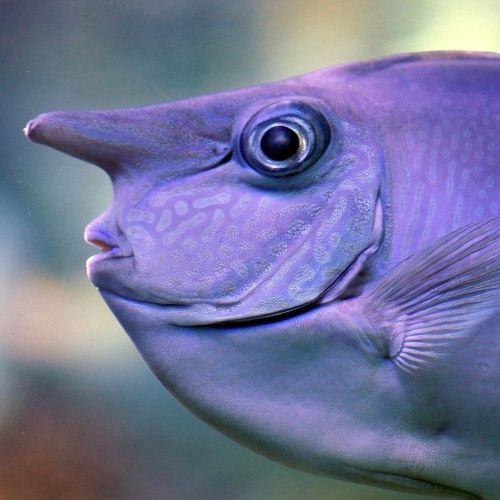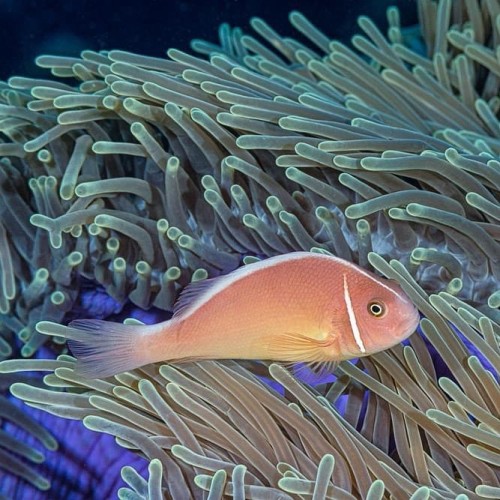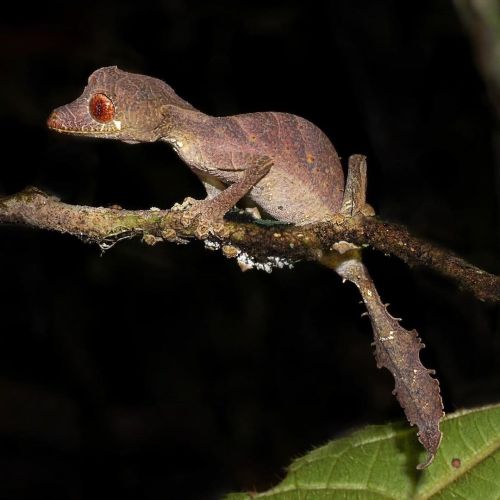#animalfacts



My account was hacked, sorry about all the sexual content.
::sigh:::
Let’s get back to our regularly scheduled programming: here is a Saw-Whet Owl piece I did a while back.
They’re one of the smallest owls in North America— and they’re gosh-darn cute.
One of my favorite facts about owls is that they cannot move their eyeballs; their eyeballs are actually bones except for the lens. This is why they have developed such a huge range of motion in their necks.
See? These kinds of hooters are more interesting.
EDIT: I saw some more posts from my hacking; they put photos in my queue. All gone now!

What’s in a tail? We see dogs wag them, cats flick them and Kangaroos jump with them. But what are they really?
If you look closely, you can see the tail is made up of vertebrae (caudal section), lots of tendons and even muscle tissue. The tail is an extension of the spine and has lots tight tendons; making it easy to be used as a type of rudder for the Fox. Tails have a lot of variation across species though and it’s truly fascinating to notes the differences.
Here you can see I’ve made an incision up the bottom of this Island Fox tail and have skinned it out. I’m then peeling it back for removal.
In the taxidermy mounting process, I will make a replica of the tail with wire and wrapped cotton.
I am aware that some taxidermists slide the tail out, aka ‘tubbing it’. For me, I cut it so I have full access for fleshing and tanning.

We are all just marionettes. Here you can see me pulling on the tendons of this Toucan foot and manipulating the digits. Fascinating!
I’ve pulled the tendons out of the bottom of the foot in order to remove them from the specimen. This makes room up the back of the foot for a wire in the mounting step of taxidermy.
I remember the first time I pulled the tendons on a bird. It was a hawk and the talons closed around my fingers. I jumped up and thought it was alive for a second! Today, I love showing this to students and seeing the fascination in their eyes.
Though some might see two flies eating bird droppings, this is in fact a very creatively colored moth, known as Macrocilix maia! Why the fecal pattern?
It may help to deter predators. There are even reports of the moth emitting an unpleasant smell to accompany its camouflage. This species can be found widely across Asia from India, to China, to Malaysia.
Photo: LiCheng Shih, CC BY 2.0, flickr
#AnimalFacts #moth #BirdPoop #camouflage #AnimalKingsom #DYK #insects #Lepidoptera
https://www.instagram.com/p/CcO4wTsrjJd/?igshid=NGJjMDIxMWI=
Post link
It’s a “tuft” life for the Tufted Puffin (Fratercula cirrhata). This sea bird inhabits the North Pacific, where it lives in a large colony that nests on rocky cliffs.
It uses its thick bill to dig burrows as deep as 5 feet (1.5 meters) into a cliff! Throughout much of the year, it has an orange bill, and its body is covered in sleek black plumage. But come breeding season, a patch of white embellishes its face, its bill becomes a bright orange-red color, and a golden yellow tuft grows above each eye! The transformation happens to both males and females.
Photo: Alex Derr, CC BY-NC-SA 2.0, flickr
#AnimalFacts #TuftedPuffin #birds #puffin #nature #dyk
https://www.instagram.com/p/CcMX1zprqdU/?igshid=NGJjMDIxMWI=
Post link
Glide into the weekend with the sugar glider (Petaurus breviceps)!
This marsupial has a membrane, called the patagium, that spans its ankles to its wrists,and helps it drift between trees. The arboreal critter lives in parts of Australia, New Guinea, and Indonesia and comes out at night to look for treats like nectar, sap, lizards, and small birds.
Photo: Dash Huang, CC BY-NC-SA 2.0, flickr
#AnimalFacts #patagium #SugarGlider #dyk #maraupial #AnimalKingdom
https://www.instagram.com/p/CcHIXCUrmgQ/?igshid=NGJjMDIxMWI=
Post link
Strutting through the week like the striped hyena (Hyaena hyaena)? This scavenger lives in parts of Africa, the Middle East, and India, inhabiting savannas, scrublands, and semi deserts. While it prefers to eat carrion, it also supplements its diet with fruits, seeds, and leaves.
Photo: Balaji Venkatesh Sivaramakrishnan, CC BY-NC-SA 2.0, flickr
#AnimalFacts #hyena #africa #NaturalHistory #nature #wildlife #dyk
https://www.instagram.com/p/CcB7s95rrSX/?utm_medium=tumblr
Post link
Did you know? There are about 300 species of sea pens that can be found swaying on the ocean floor around the world.
You might be surprised to find out that this feather-like structure is actually a colony of polyps that work together to survive. Different polyps have different responsibilities depending on their location on the body. There are feeding polyps that catch plankton, as well as polyps that circulate water to keep the colony balanced and upright.
Photo: Richard Ling, CC BY-NC-ND 2.0, flickr; kidney sea pens (Sarcoptilus grandis) pictured
#AnimalFacts #OceanLife #SeaPen #Ocean #nature #fish #dyk #MarineLife #MarineBiology
https://www.instagram.com/p/Cb_UKlsLemR/?utm_medium=tumblr
Post link
Meet the gundi (Ctenodactylus gundi)! This wild rodent lives in northern Africa, where it makes its home in rocky outcrops, seeking shelter between crevices or beneath boulders. It has rounded, flat ears that are lined with hair, which helps to protect the inner ear from sand. When frightened by a predator, the gundi will lay on its side, stop breathing, and play dead.
Photo: Cloudtail the Snow Leopard, CC BY-NC-ND 2.0, flickr
#AnimalFacts #gundi #dyk #AnimalKingdom #nature #rodents
https://www.instagram.com/p/Cb6HwzXAIXS/?utm_medium=tumblr
Post link
The Great Horned Owl (Bubo virginianus) is a fierce predator. It has a crushing grip, which it uses to snap the spines of prey, that takes 28 pounds (12.7 kilograms) of force to open when clenched.
This hunter is able to take down larger birds and mammals—and is even known to pursue porcupines. It has a wide range across North and South America and lives in many habitats including forests, woodlands, swamps, and deserts.
Photo: Don Taylor, CC BY-NC-ND 2.0, flickr
#AnimalFacts #owls #GreatHornedOwl #birds #NaturalHistory #nature #dyk
https://www.instagram.com/p/CbyfW5ZLwHz/?utm_medium=tumblr
Post link
Crawling your way is one of the most primitive crocodylomorphs: Protosuchus richardsoni, also known as the “first crocodile.”
It lived during the Late Triassic about 210 million years ago. Protosuchus was a small animal with long limbs, suggesting that its locomotion was more like a cat’s than like that of a modern crocodilian! Spot this model, along with a Protosuchus fossil, in the Hall of Vertebrate Origins.
Photo: E. Louis/© AMNH
#AnimalFacts #NaturalHistory #amnh #museums #crocodile #paleontology (at American Museum of Natural History)
https://www.instagram.com/p/Cbv7riBr9xm/?utm_medium=tumblr
Post link
Meet the Gabon forest tree frog (Leptopelis aubryi)! This amphibian is a member of the genus Leptopelis, sometimes referred to as the “big-eyed frogs”—can you see why?
It’s small in size, growing to about 1.7 inches (4.4 centimeters) long. The frog lives in parts of Africa including Gabon, Nigeria, and Cameroon, in a variety of forest habitats.
Photo: Brian Gratwicke, CC BY 2.0, flickr
#AnimalFacts #frogs #nature #dyk #amphibians #TreeFrogs
https://www.instagram.com/p/CbtboJwrHY2/?utm_medium=tumblr
Post link
Unicornfish aren’t something from a fairy tale–they’re real!
There are around 20 species of unicornfish, also known as unicorn tangs, that make up the genus Naso. While they’re named for the horn-like structure on their foreheads, not each species has horns—and the purpose of the appendage is still a mystery. That’s not their only bodily accessory, either. They also have sharp blades on their tails that come in handy when warding off foes. These fish live in tropical reefs in Indo-Pacific waters, where they swim in schools and snack on zooplankton.
Photo: Bernard Spragg. NZ, CC0 1.0, flickr; White margined unicornfish (Naso annulatus) pictured
#AnimalFacts #unicornfish #OceanLife #unicorns #nature #fish
https://www.instagram.com/p/CboM8WarR3D/?utm_medium=tumblr
Post link
This #FossilFriday, get to know “the father of all beasts”: Indricotherium transouralicum.
It lived during the Oligocene some 30 million years ago. Indricotherium represented the culmination of an evolutionary lineage of fast-running rhinos that developed relatively long necks, legs, and feet. This animal probably fed on the leafy vegetation of shrubs and trees that grew above the reach of other large, contemporary herbivores. The skull and jaw on display in the Museum’s Hall of Advanced Mammals were found in Mongolia.
Photo: E. Louis/© AMNH
#AnimalFacts #paleontology #fossils #rhino #NaturalHistory #amnh (at American Museum of Natural History)
https://www.instagram.com/p/CbhuQPhL27v/?utm_medium=tumblr
Post link
One animal’s trash is another animal’s treasure—just ask the Greater Adjutant (Leptoptilos dubius).
This South Asian resident, which is known for eating large carrion, is often seen hanging out around landfills, scavenging whatever treats it can find. When it’s not rummaging through garbage, it might be spotted in wetland habitats, going after tasty fish and crustaceans. This large bird has a wingspan that can reach more than 8 feet (2.5 meters), and it can grow to nearly 5 feet (1.5 meters) tall.
Photo: Francesco Veronesi, CC BY-SA 2.0, flickr
#AnimalFacts #birds #GreaterAdjutant #trash #ornithology
https://www.instagram.com/p/CbgdMeCrEkK/?utm_medium=tumblr
Post link
Meet the Griffon Vulture (Gyps fulvus)! This bird has a wide range which spans parts of Europe, Asia, the Mediterranean, and northern Africa. It flies high in the skies, searching for the carcasses of medium- to large-sized animals to devour.
To distinguish this vulture from others, look at its silhouette while it’s in flight. From below, it’ll appear to have a little or no tail—some even say it looks like a “huge flying mustache.”
Photo: Jean-Paul Mutz, CC BY-NC-SA 2.0, flickr
#AnimalFacts #birds #vulture #GriffonVulture #DYK
https://www.instagram.com/p/CbTgat3L9XI/?utm_medium=tumblr
Post link
Here’s something green for St. Patrick’s Day: the green sea turtle (Chelonia mydas)! Its signature color comes from its herbivorous diet, which includes seagrass and algae.
In fact, it’s one of the few sea turtles to mainly feed on vegetation. You might notice that its shell is brown; this is because its diet only affects the color of its fat. The reptile is big, too. It can grow to be as much as 4 feet (1.2 meters) and weigh a hefty 350 pounds (159 kilograms)! It has a wide range across tropical and subtropical waters and can be spotted in the Atlantic Ocean, Indian Ocean, Mediterranean Sea, and Pacific Ocean.
Photo: prilfish, CC BY 2.0, flickr
#AnimalFacts #GreenSeaTurtle #turtles #StPatricksDay #OceanLife
https://www.instagram.com/p/CbObblhLBwc/?utm_medium=tumblr
Post link
Did you know? There are nearly 30 species of clownfish! Here’s one you may not know: the pink skunk clownfish (Amphiprion perideraion).
Also known as the pink anemonefish, it can be found in parts of the Indo-Pacific where, like other clownfish species, it has an affinity for anemones. The anemone’s poisonous tentacles offer protection to the clownfish, which takes refuge from predators (and is itself protected from its host’s stings thanks to a layer of mucus). In turn, the fish aggressively defends its host from other fish and cleans off parasites.
Photo: François Libert, CC BY-NC-SA 2.0, flickr
#AnimalFacts #clownfish #anemone #OceanLife #nature
https://www.instagram.com/p/CbLyuvcLlHD/?utm_medium=tumblr
Post link
Get to know the satanic leaf-tailed gecko (Uroplatus phantasticus).
This nocturnal resident of Madagascar’s rainforests is a master of disguise. It specializes in mimicking dry leaves—down to its jagged tail, which looks like it’s rotting or has been chewed. And if it’s spotted by a predator, it’ll drop the camouflage act and instead open its bright red mouth for a shocking display. If all else fails and it’s caught, this gecko can drop its tail to make a getaway!
Photo: Frank Vassen, CC BY 2.0, flickr
#AnimalFacts #gecko #SatanicLeafTailedGecko #nature #dyk #Madagascar #camoflauge #nocturnal
https://www.instagram.com/p/Cdo-wFqLtEf/?igshid=NGJjMDIxMWI=
Post link
Nothing to see here, just your average tree branch… or is it?
Take a closer look and you might notice the Common Potoo (Nyctibius griseus)! This master of disguise lives in parts of Central and South America and roosts on high perches, motionless. It has large bright yellow eyes that you’d think would draw a predator’s attention, but the bird has a workaround: it can close its peepers while staying aware of its surroundings, thanks to slits in its eyelids! At dusk, the nocturnal critter begins to feast on large insects like moths.
Photo: Alejandro Bayer Tamayo, Public Domain Mark 1.0, flickr
#AnimalFacts #BirdFacts #birds #potoo #CommonPotoo #camoflauge #dyk #nature #FunFacts
https://www.instagram.com/p/CdjylGHLg5E/?igshid=NGJjMDIxMWI=
Post link

